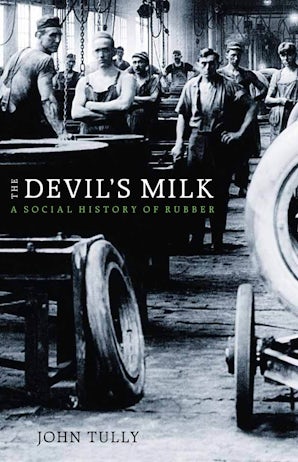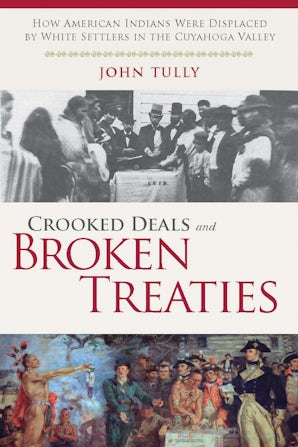Also in this issue
Books by John Tully
The Devil’s Milk
by John Tully
Crooked Deals and Broken Treaties
by John Tully
Silvertown
by John Tully




